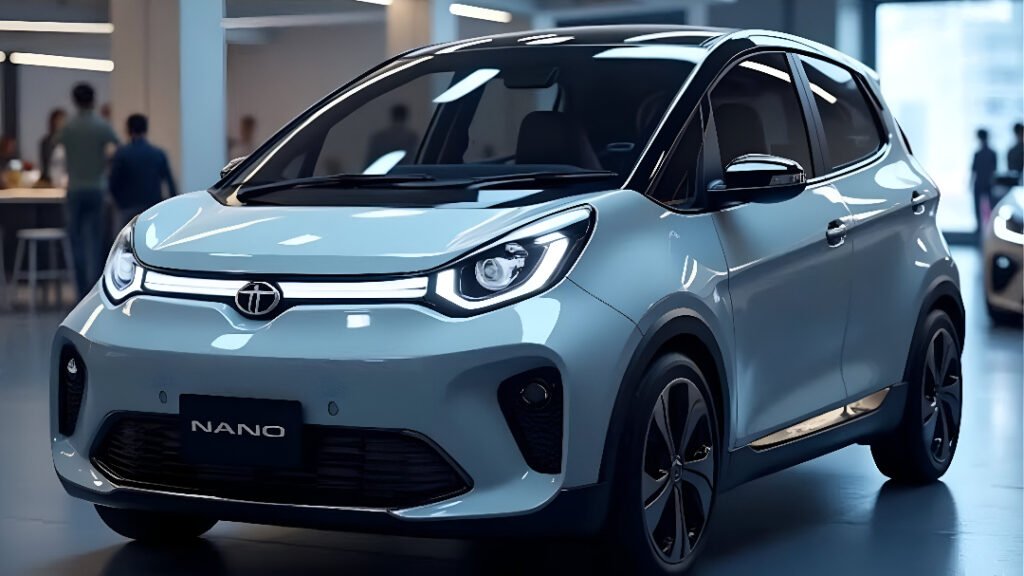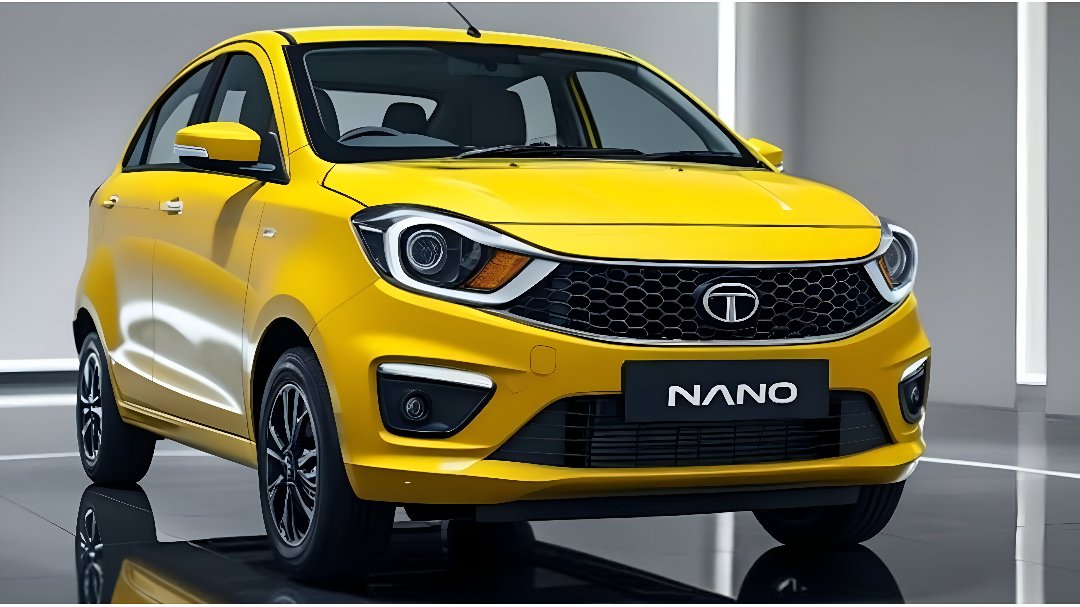The Tata Nano was one of the most talked-about cars in India when it was first launched. It was called the “people’s car” because it was designed to be affordable for the average Indian family. With its small size, low price, and simple design, the Nano made car ownership possible for many who could only dream of buying one before. Let’s take a closer look at this unique little car.

Key Features of Tata Nano
| Category | Details |
|---|---|
| Manufacturer | Tata Motors |
| Launch Year | 2008 |
| Price (Initial) | Around ₹1 lakh (approx. $2,000 at launch) |
| Engine | 624cc, 2-cylinder petrol engine |
| Fuel Efficiency | 20-25 km per liter |
| Seating Capacity | 4 people |
| Top Speed | Around 100 km/h |
| Key Features | Compact size, rear-mounted engine, lightweight design, basic interior (later models had AC & power windows) |
| Production End | 2018 (discontinued due to low sales) |
| Why Famous? | World’s cheapest car at launch, aimed at making car ownership affordable for middle-class families |
What Was the Tata Nano?
The Tata Nano was a compact, budget-friendly car made by Tata Motors, one of India’s biggest automobile companies. It was first introduced in 2008 with a price tag of just around ₹1 lakh (approximately $2,000 at the time), making it the cheapest car in the world. The idea behind the Nano was simple: to provide a safe and comfortable alternative to two-wheelers for families who needed an affordable four-wheeler.
Why Was the Tata Nano So Special?
The Nano stood out because of its low cost and clever design. It was a small car, but it could seat four people comfortably. The engine was placed at the rear to save space, and the car was lightweight, which helped with fuel efficiency. Despite its size, it had a decent boot space, and the interior was surprisingly roomy for a car of its class.
Features of the Tata Nano
The Nano was designed to be simple and practical. It had a 624cc petrol engine that gave good mileage—around 20-25 km per liter, making it very fuel-efficient. The car had basic features like a speedometer, fuel gauge, and odometer, but later models came with a few upgrades like air conditioning and power windows. The small turning radius made it easy to drive in crowded city streets.
Challenges Faced by the Tata Nano
Even though the Nano was an innovative idea, it faced some problems. Many people saw it as a “cheap” car rather than an affordable one, which affected its image. Safety concerns were also raised after a few reports of Nanos catching fire, though Tata Motors later made improvements to fix these issues. Another challenge was that as the Indian economy grew, more people started preferring slightly bigger and more feature-rich cars, even if they cost more.
The End of the Tata Nano
Despite its early popularity, sales of the Nano dropped over the years. In 2018, Tata Motors announced that they would stop producing the Nano due to low demand. However, the car remains an important part of India’s automotive history as a bold attempt to make car ownership accessible to everyone.
FAQs About the Tata Nano
How many people could the Tata Nano seat?
The Nano was a four-seater car, with enough space for a small family.
What was the mileage of the Tata Nano?
The Nano gave around 20-25 km per liter, making it one of the most fuel-efficient petrol cars at the time.
Is the Tata Nano still available?
No, Tata Motors stopped production of the Nano in 2018 due to low sales.
Conclusion
The Tata Nano may not have been a long-term success, but it was a revolutionary idea that showed how innovation could make car ownership possible for more people. It proved that a car didn’t need to be expensive to be useful. Even though it’s no longer in production, the Nano will always be remembered as the little car that dared to dream big.



